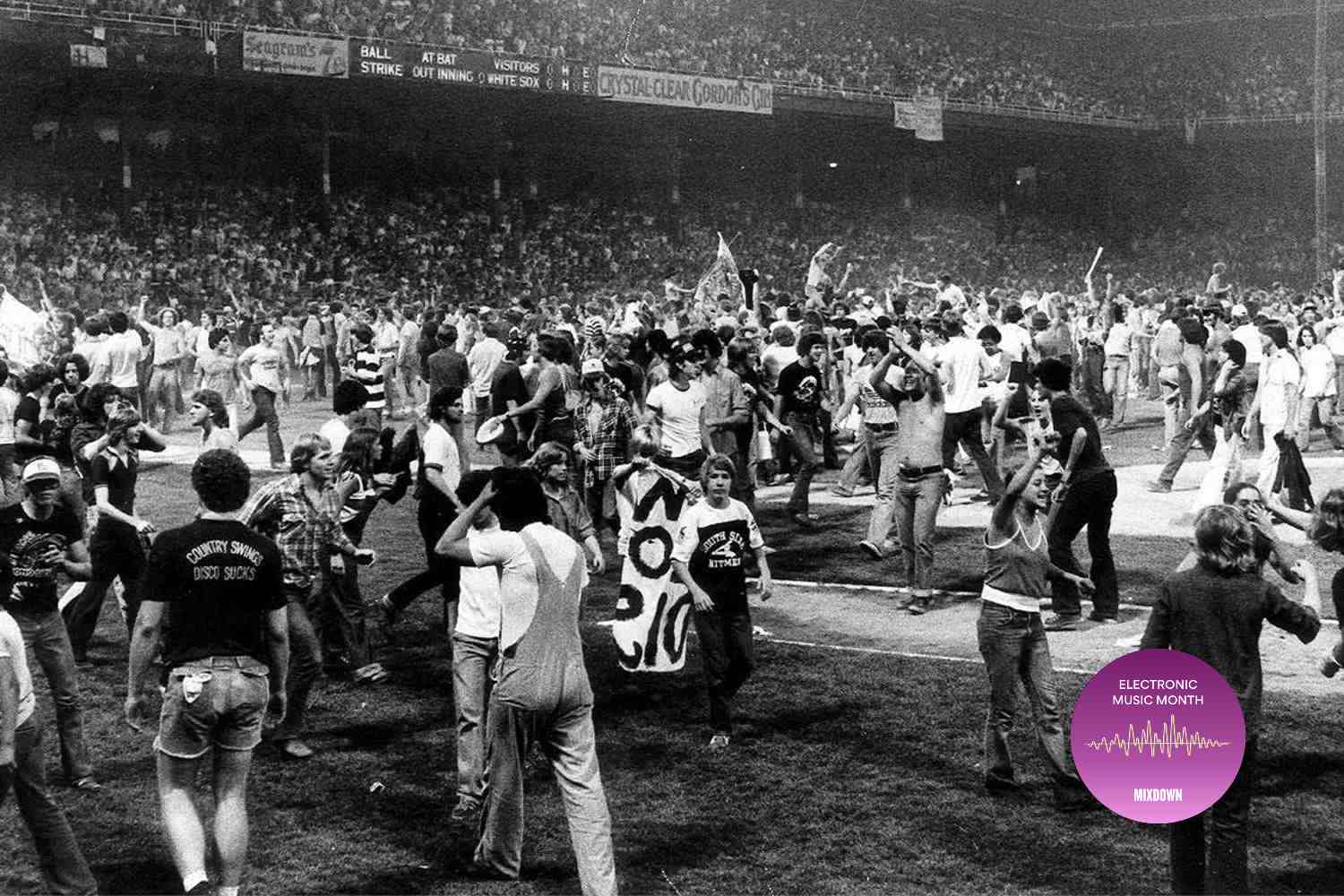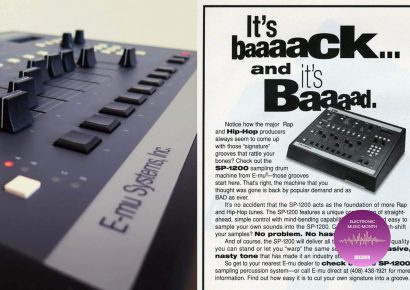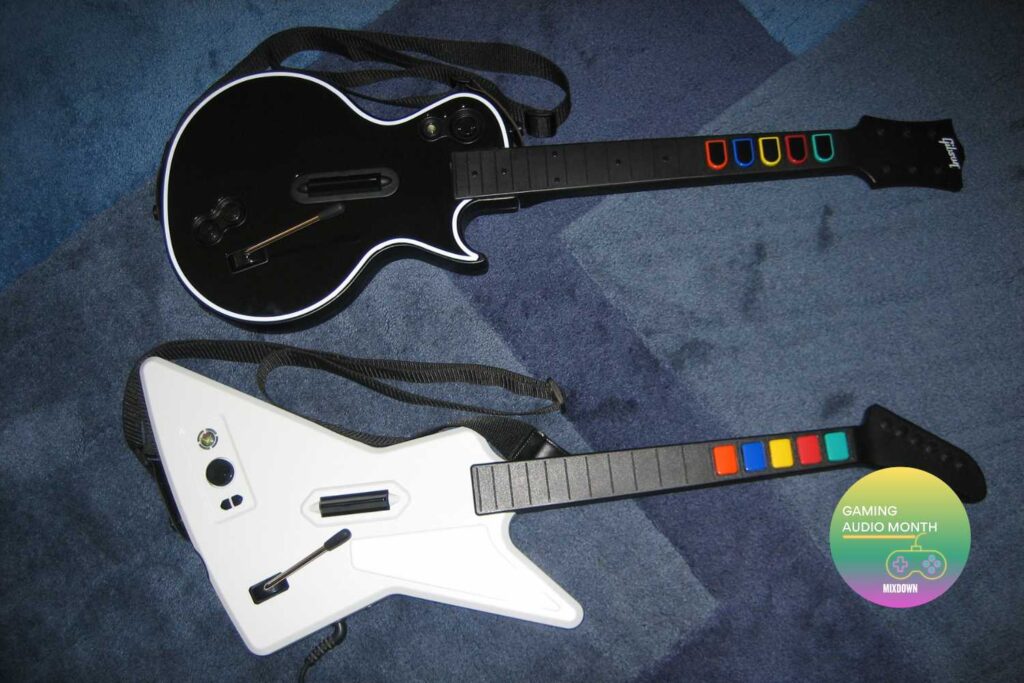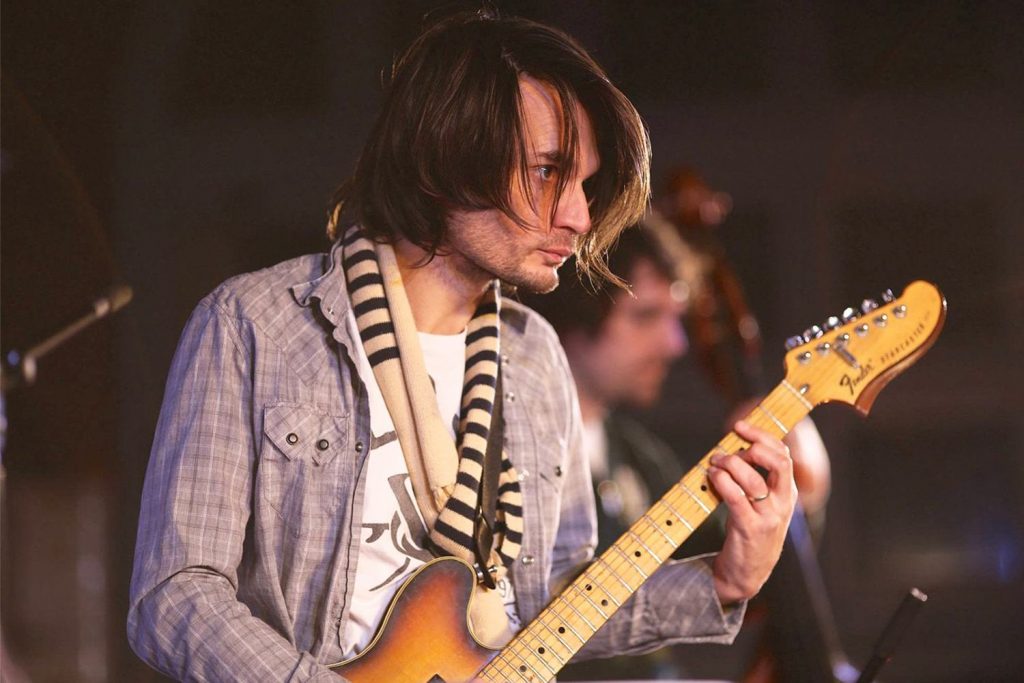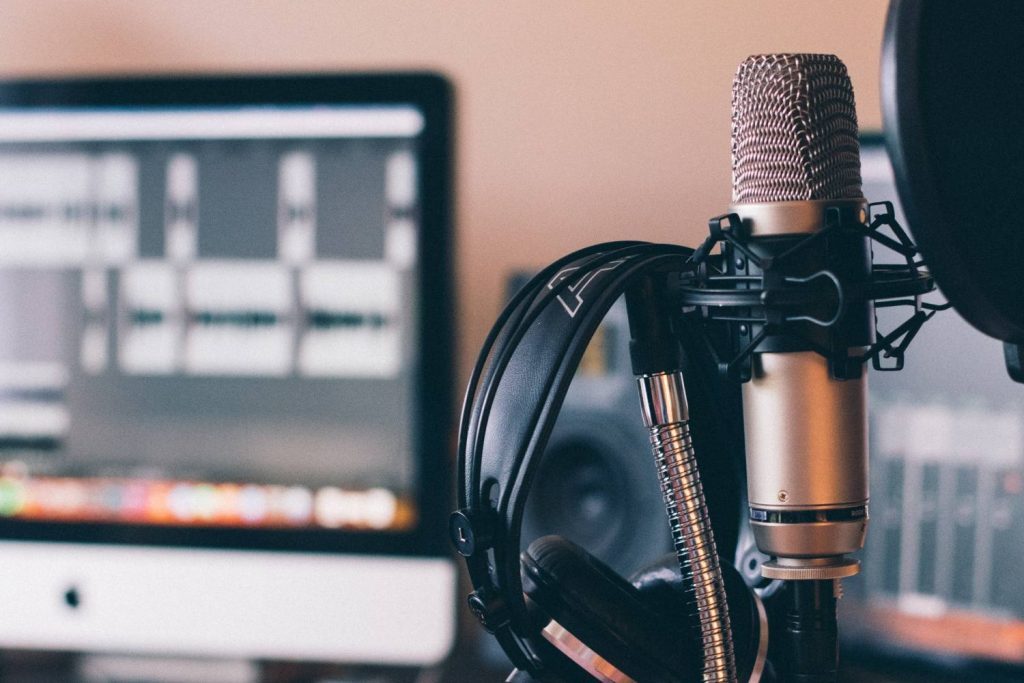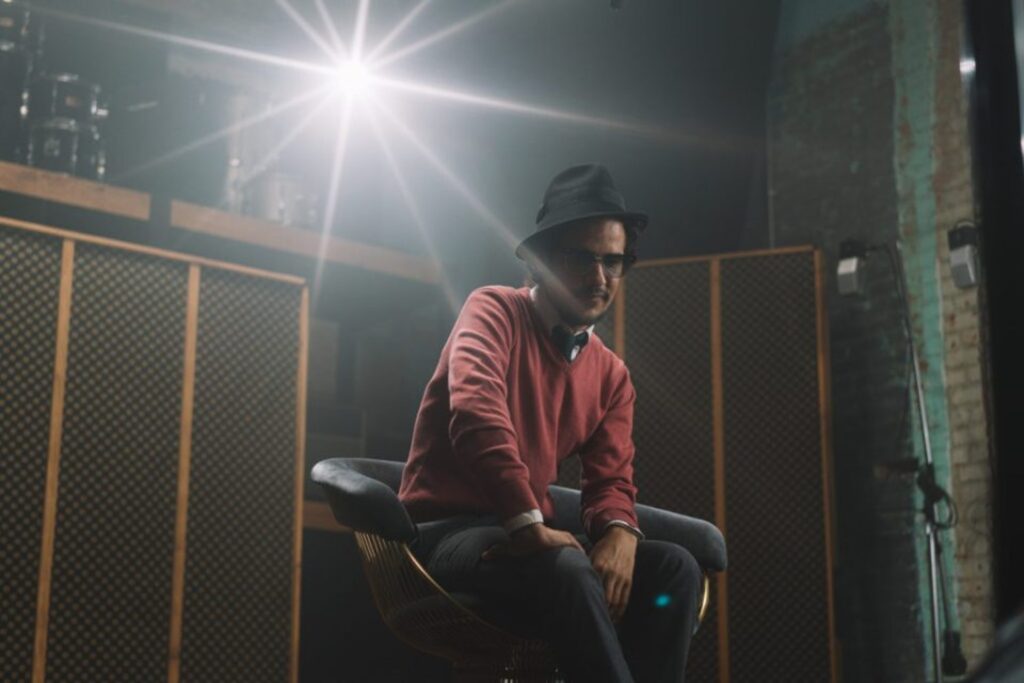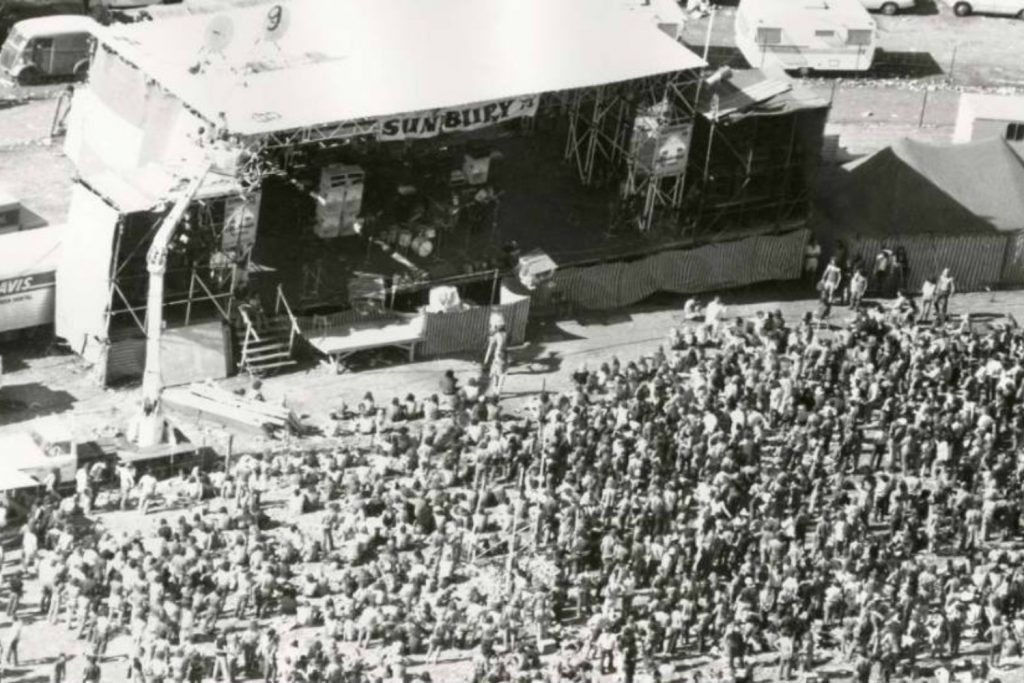The influences and figures behind the genres
House music grew out of the disco movement of the early 1980s, with club DJ Frankie Knuckles being widely credited as helping to establish the genre. It was during his tenure as musical director of the Chicago club the Warehouse – after which house music derives its name – that he and other DJs and producers began to experiment with blending disco with the electronic music that was coming out of Europe.
Read all the latest features, columns and more here.
The result was a more mechanical 4/4 drum machine beat with offbeat hi-hats and a kick drum playing on every beat, as well as heavy synth basslines that were repetitive and conducive to dancing. Typically, the drums were made with Roland TR-808 and TR-909 drum machines.
Musically, house incorporated a range of African American musical traditions, including soul, jazz, funk, and rhythm and blues, particularly of the varieties that were prevalent in the American mid-west, such as Chicago, Detroit, and Memphis. But while disco had also been designed to dance to, house music generally placed less importance on pop song structures and vocal melodies, with the focus being placed on the repetitive beat.
Dub music was also an obvious influence, with the use of slap back echo and delay, as well as the idea of creating longer instrumental versions of songs, resulting in the birth of the modern remix. This specifically involved looping a breakdown section, or the ‘drum and bass’ section as it was referred to in Jamaican productions, and building upon it by adding and subtracting other instruments or effects. Being designed for the club primarily rather than the radio, house music recordings also tended to fall closer to the ten-minute mark rather than a typical three-minute pop song duration.
The turning point between disco and house can be identified during the time that what has since been labeled post-disco emerged in or around 1979. Partly in response to the increasingly slick production in disco music – as well as to the ‘disco sucks’ campaign from the mainstream American, white rock audience – several key records such as Sinnamon’s ‘Thanks To You’ featured a stripped back production. Placing an importance on the drum machine beat, these recordings were indebted to Parliament-Funkadelic’s blend of rhythm and blues and electronic influenced disco, while also employing dub effects and drop-outs to create variation and interest.
Warehouse was largely patronised by members of the gay male African American and Latino community, and so this new music first became popular amongst those subcultures, as had disco before it. However, thanks to its strong European influence, by way of the mechanical rhythms and synths of groups like Kraftwerk, the genre soon spread and found commercial success in the UK. Although there were successful Chicago singles such as Jamie Principle and Frankie Knuckles ‘Your Love’ in 1987, some of house music’s first actual hit records came from London based producers, such as 1987’s ‘Pump Up the Volume’ by M|A|R|R|S and 1988’s ‘Doctorin’ The House’ by Coldcut.
However, the first house record to break into the UK Singles chart, peaking at number ten in September 1987, was ‘Love Can’t Turn Around’ by Chicago producer and DJ Farley ‘Jackmaster’ Funk.
Though still in its infancy, house music had begun to break off into recognisable subgenres as early as 1987, when what is considered by most as the first acid house cut, Phuture’s ‘Acid Trax’ was released. That song, and subsequently the genre in general, differed from traditional house thanks in large part to the adoption of the Roland-TB303 bass synth and its distinctive, squelching sound. Though the music was waning in popularity in Chicago, this new version became extremely popular in the UK, leading to the common misconception that acid house is a British invention.
The arrival of acid house in the UK and Ibiza, which was then also brought to England via DJs Paul Okenfold and Danny Rampling, coincided with the arrival of ecstasy, which changed club culture irrevocably. “The summer of 1987 is when everything changed,” said Shaun Ryder of the UK band Happy Mondays in an interview with The Observer. “When life suddenly went from black and white to Technicolor. When we first got the E.”
Clubs across the UK, notably London’s Shoom and The Trip as well as Manchester’s The Hacienda, began to feature acid house nights. The interest was so strong that soon people began organising their own illegal parties in large warehouses, such as the famed Blackburn raves that took place in Blackburn, Lancashire, between 1988-90.
These gatherings are notable not only for paving the way for ‘90s rave culture and its use of underground locations, but for the musicians that they directly influenced. Manchester acid house group Together met at one of the Blackburn raves and sampled the crowd noise for their song ‘Hardcore Uproar’, which reached number 12 on the British charts in 1990, in which year they also appeared on Top of the Pops. Acid house had officially hit the mainstream.
This article was originally published December 6, 2017.
For more, check out our piece on the 13 most iconic 303 lines ever.
